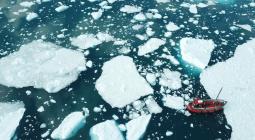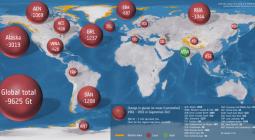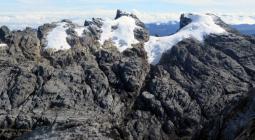Sweden's highest peak just lost its title and climate change is to blame.
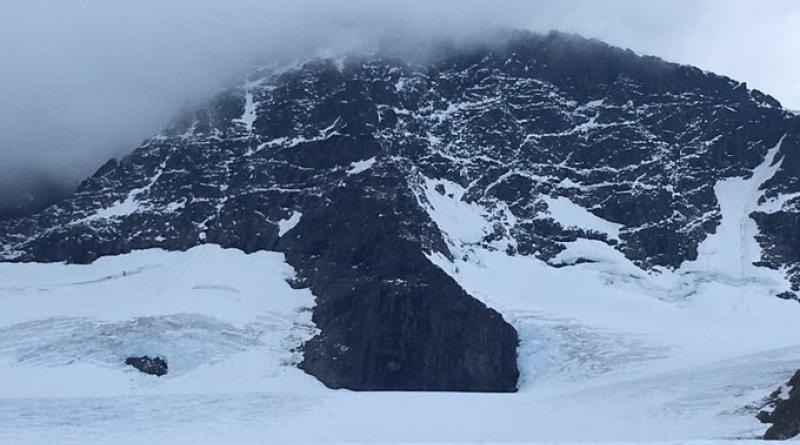
Scientists warn "the destiny looks poor" for Scandinavia's glaciers as Sweden's highest peak melts away.
The glacier-covered southern peak of Sweden's Kebnekaise mountain stands at 2,095.6 metres tall, but that is no longer as impressive as it once was.
For the first time since 1880, scientists believe the southern-tip is now 1.2 metres below the mountain's ice-free northern peak at 2096.8 metres.
"Last year we suspected it, but it never went below the other peak," Stockholm University geography professor Gunhild Ninis Rosqvist told CNN.
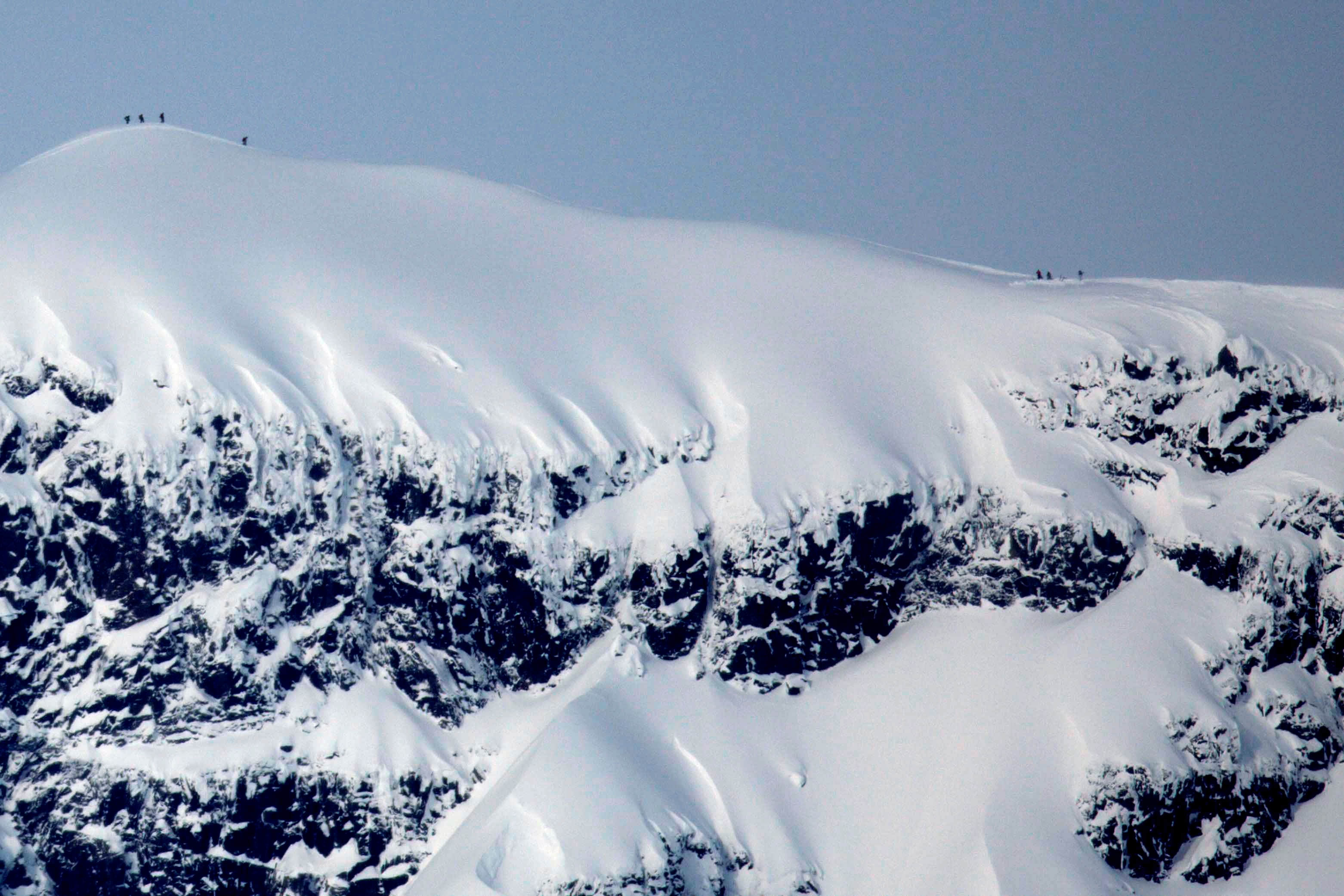
Source: AFP
"We measured it at the end of melt season on September 3 using GPS technology with only a few centimetres margin of error."
Scientists say Kebnekaise's southern peak has fallen by 24 metres across the past five decades, with the melt accelerating to one metre per year for the past 10 years.
Temperatures in the summer have increased...they've increased all year round," Ms Rosqvist told CNN.
"What's happening at Kebnekaise's southern peak is representative for all the glaciers in Scandinavia right now. It's a symbol for glacier melt."
While there is hope for some snow accumulation and ice buildup during the winter, it is feared any step in the right direction will only be temporary.
"A strong snowy winter could balance it out, but it will eventually melt in the summer," Ms Rosqvist told CNN.
"The destiny looks poor for the glaciers."

